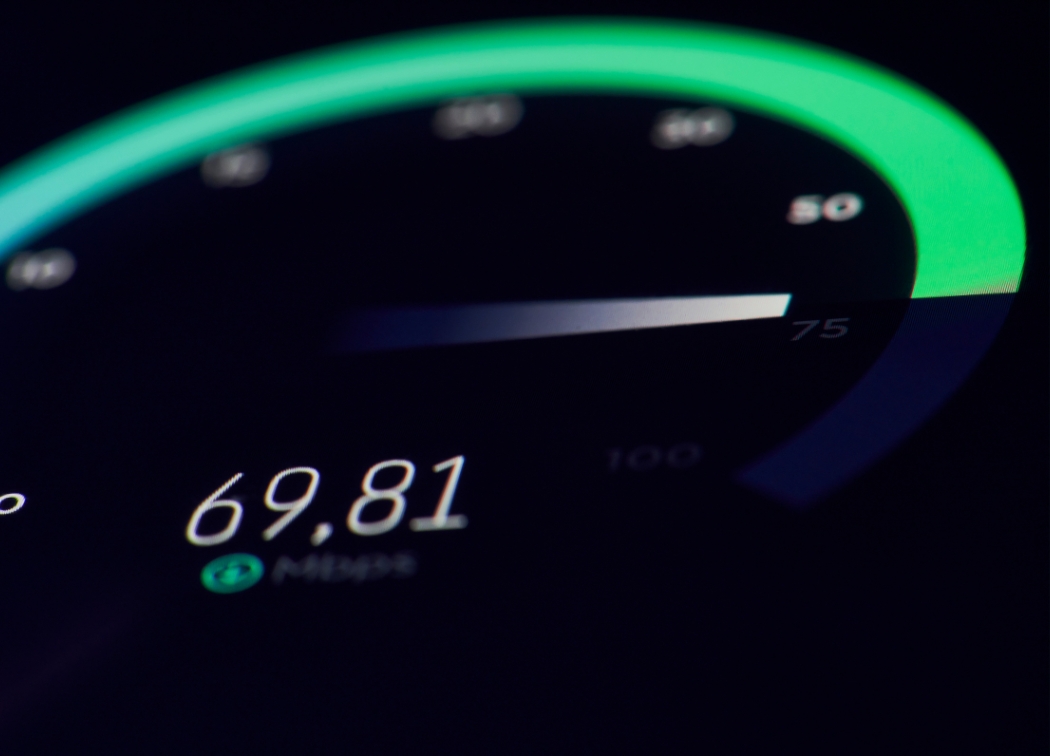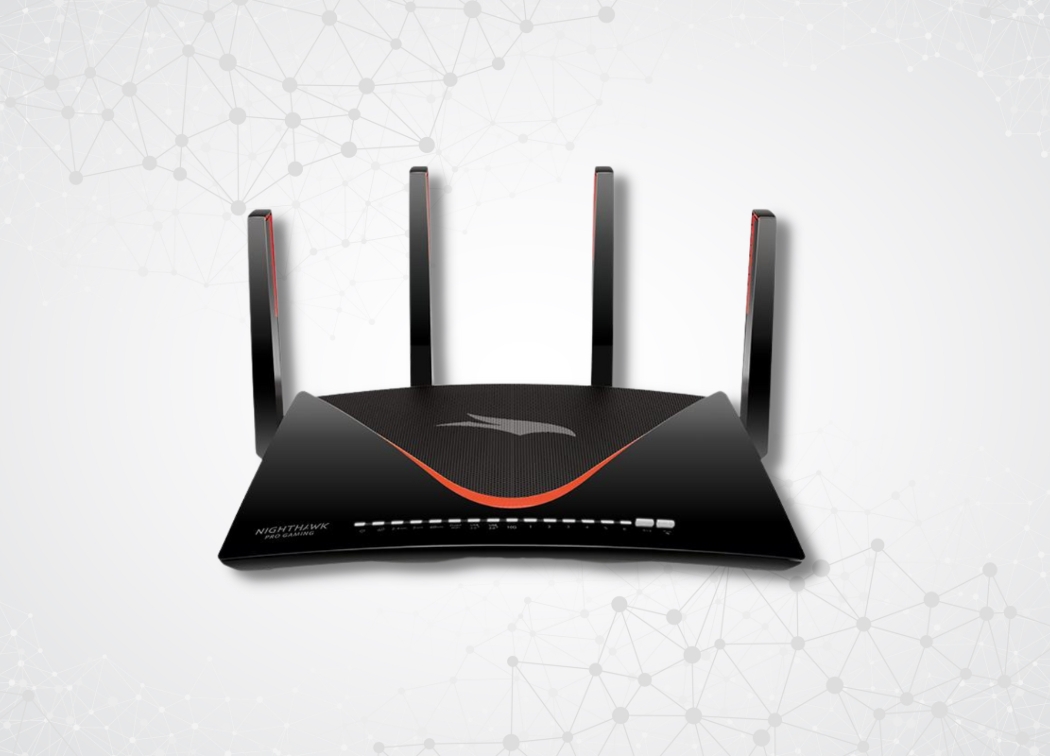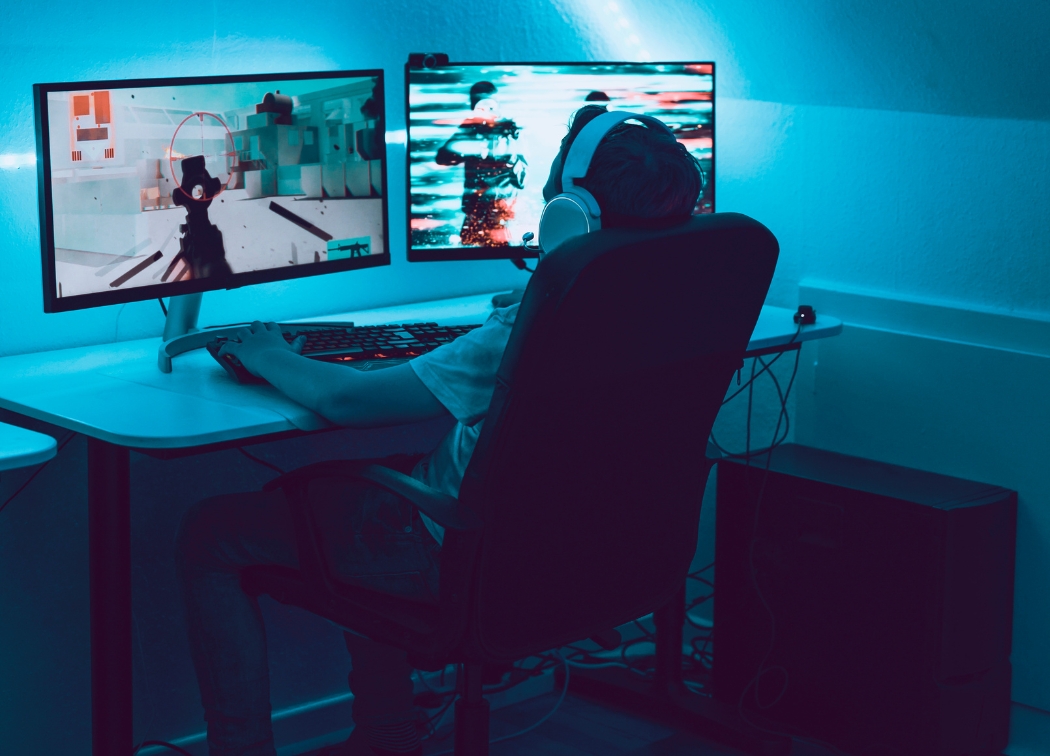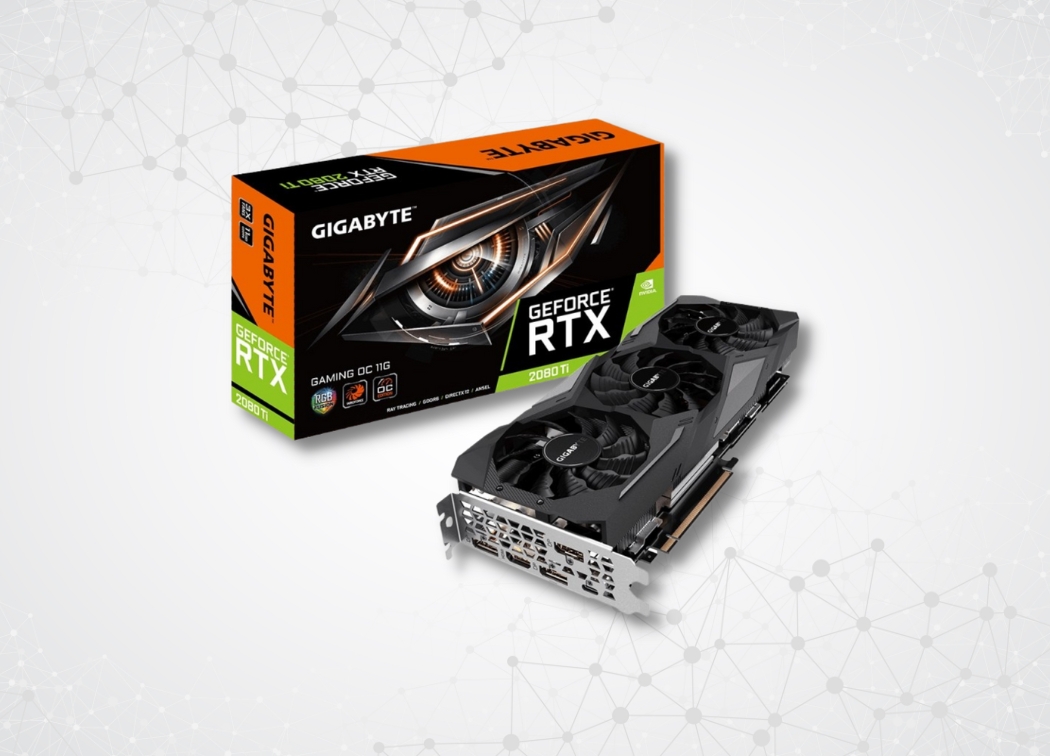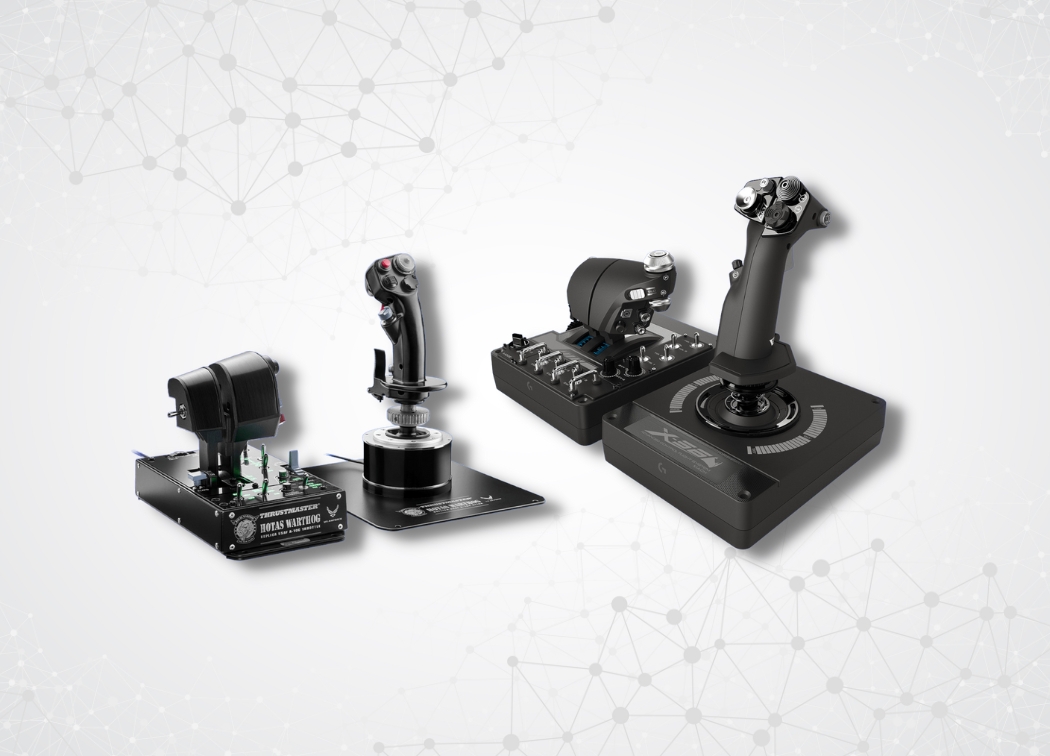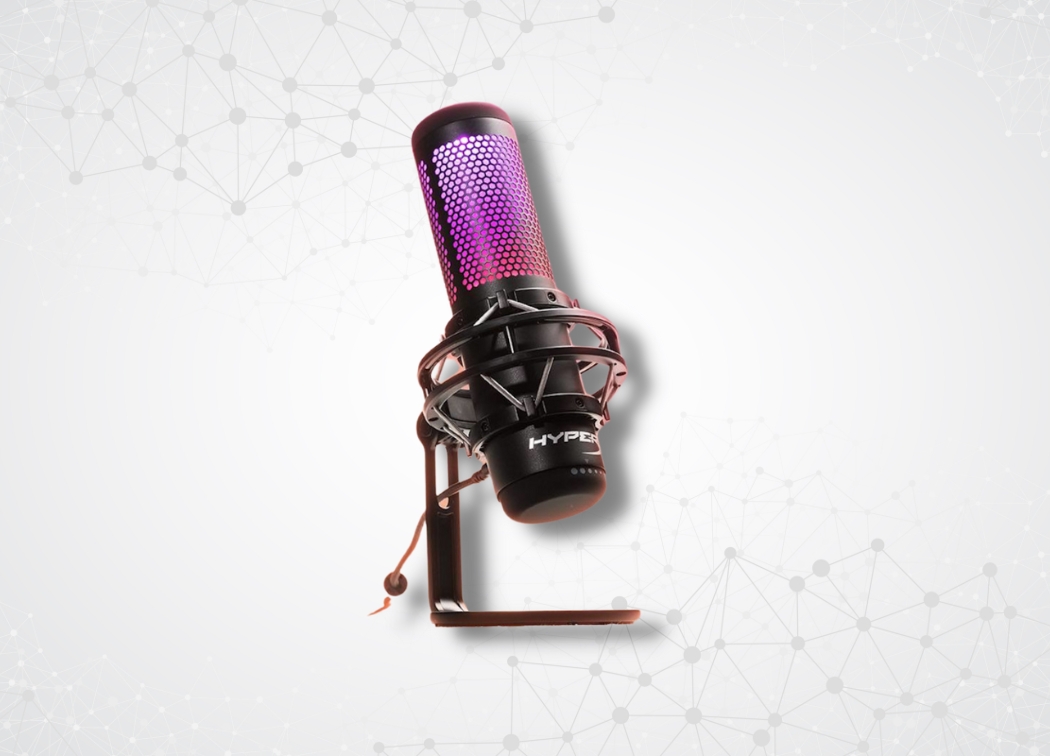With so many sizes, types and specifications, knowing what to look for in a gaming monitor within your budget can be a difficult decision to make.
But don’t worry. In this fast guide we are going to cover all the basics around what you should look out for in a good quality gaming monitor, whatever your price range.
We will guide you through all the details around monitor resolution, rendering technologies, response times, and the key inputs and outputs you’ll need to be able to adapt your monitor to deal with anything, both now and in the future.
Best Monitor Size for Gaming
When you’re thinking about the physical size of a monitor for gaming, then obviously you’ll think that bigger will be better. But that’s only true up to a point, and it shouldn’t be the only consideration.
Other factors like pixel density will also be very important to consider. We’ll talk more about resolution in a moment, but it’s not just literally about the size of the screen.
Take into consideration the physical space your monitor will occupy. Will it fit into it comfortably, sitting where you will play games, and will you be able to see the whole screen easily?
Nowadays, something like a 24-inch monitor is considered small, with some people using huge monitors, or even massive LCD TVs.
But in terms of getting the highest quality gaming monitor you can, a specialist screen, of the right size, rather than as big as you can buy, is ideal.
Ultra-wide monitors are great for games like flight simulators where an immersive experience is great, especially if you have one of the best joysticks on the market. But for a FPS game they can be far too big.
Check out our best monitor size for gaming guide.
What Resolution Monitor Should You Look For?
When it comes to considering the resolution of gaming monitor that you need, there are really three resolution milestones to consider:
- 1080p (HD)
- 1440p (2K)
- 2160p (4K)
The higher the resolution, the higher the pixel count, which will mean that you benefit from higher image quality.
To give you an idea of a good gaming configuration, if you went for a 27-inch screen, then you could be looking at an average resolution of 2560×1440. Or if you go crazy, a 34-inch ultra-widescreen monitor could have resolution up to 3440×1440 pixels.
In addition to this pixel quality, you also must consider its refresh rate, which is measured in hertz. The refresh rate is how many times the monitor can refresh the displayed image in a second. So, this will determine the smoothness of animation, and the maximum number of frames per second that you will be able to see.
The three refresh rates you have to consider our 60 Hz, 144 Hz, and 240 Hz. But you also have to consider something else.
The higher the refresh rate, and the higher the resolution, the more pressure that will put on your hardware to achieve the rates required.
Related post: What cables support 144hz?
So, there’s absolutely no point in getting an amazing monitor with a huge resolution, and a 240 Hz refresh rate, if you’re CPU and graphics card can’t keep up, especially if you are considering overclocking your monitor.
Panel Types & Response Times Explained
Yet another consideration, and yes there’s more than most people realize, is panel types and response times.
Basically, you have three main panel technologies in relation to monitors. These are VA, TN, and IPS. Each of these has advantages and disadvantages.
TN monitors, which stands for Twisted Nematic, have the fasted response time. 1 ms in fact. However, in comparison to the other two types, they are not as good for color reproduction or getting a good picture when viewing at different angles.
VA (Vertical Alignment) monitors have the best contrast ratio of three types. This allows for deep Blacks and vivid details in the shadows, essential if you are into moody first-person shooter games.
But on the downside, VA monitors have the worst response time. Even if you can operate at a high refresh rate, you could notice ghosting more readily than with the other two monitor types.
Finally, you have IPS monitors. These boast the most consistent and accurate color reproduction of the three types. However, the contrast is not as good as it is on VA monitors. IPS also delivers good viewing angles. The downside is something called IPS glow. Excess light passing through the panel will leave a glowing effect around the corners of the screen, particularly in a darkened room.
The Vital Inputs & Outputs Any Serious Gaming Monitor Will Need
A serious gaming monitor, unless you have virtually no budget, needs to have at least some flexibility in terms of its inputs and outputs, and its ability to deal with expansion of your hardware in the future.
Generally, a good modern gaming monitor will have input/output specifications similar to this:
- HDMI 2.0
- displayPort 1.4
- 5 mm audio input
- 2+ USB ports
- 5 mm audio output
Now obviously there are other types of input/output ports, but these are the main ones to consider. It may be that you have sound input and output jacks on your internal sound card, but it’s handy to have additional ones.
On top of that, think about USB ports. One may seem fine at the moment, and yes you can always get a multi-box, but that slows things down, and can introduce latency. At least two is recommended.
Other Things To look Out For In A Gaming Monitor
So, there you go, that’s the main things to look out for when you’re considering different types of gaming monitor.
A lot of this will depend on your budget, if you shop around carefully, you should be able to understand and obtain a good range of specifications mentioned here.
Some other things to watch out for include:
HDR
This allows your monitor to benefit from an increased contrast, color gamut and brightness, but only with compatible content. It’s a new technology, but if you can obtain it within your budget then it’s certainly worth having.
Backlight Strobing Technology
This will give you better motion clarity. It would usually referred to as Motion Blur Technology (MBR), Ultra Low Motion Blur (ULMB), Extreme Low Motion Blur, 1ms Motion Picture Response Time (MPRT). It goes by various names, these are the main ones to look out for.
So, as you can see there are a myriad of choices, and that’s before you consider things like whether you should choose a flat monitor, or a curved monitor. It can be a nightmare, but the key thing is to take your time, understand what each technology does, and most importantly, whether your current hardware will be able to deliver the performance promised.
Related

